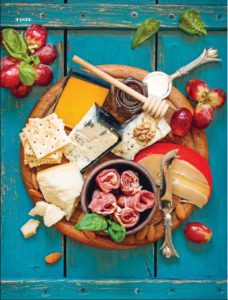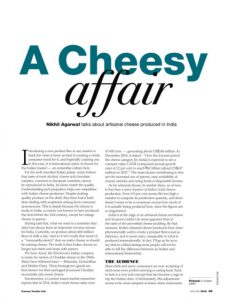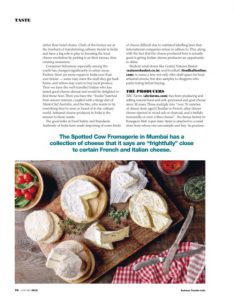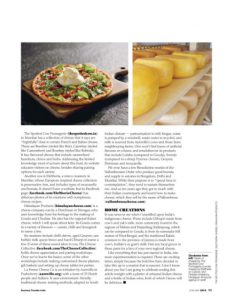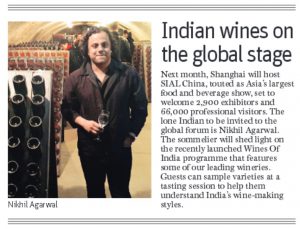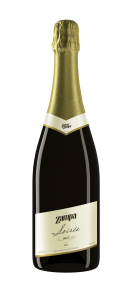6th Indian Wine Consumer’s Choice Awards 2018
All Things Nice successfully organised the sixth edition of the Indian Wine Consumer’s Choice Awards popularly known in the industry as the IWCCA on 13th January 2018 at Sofitel Mumbai BKC.
The aim of IWCCA is to give Indian consumers an opportunity to judge for themselves and on behalf of other consumers the best Indian wines available in the country. This annual accreditation, a brainchild of Sommelier Nikhil Agarwal (CEO – All Things Nice) opens the doors for consumers to acknowledge and celebrate new vintages and new wines launched in themarket as well as provide insight to wineries about what the burgeoning Indian market is inclined towards.
The modus operandi involved bringing together all domestically produced wines in the premium category and had them efficiently categorized into a systematic tasting. The actual wine consumer was then invited to judge the wine.130 India wineries participated in the 6th edition of IWCCA.
“The Indian Wine Consumer’s Choice Awards or IWCCA has established itself over the last 6 years and has become the go to guide for consumers and the HORECA trade who are interested in discovering Indian wine. It brings to light brands and styles that deserve recognition. The competition gives back the power to choose correctly to the consumer who has evolved over the years and is confident in their likes and dislikes. The IWCCA continues to create an independent list of quality wines chosen by consumers themselves. We are happy that wine enthusiasts from over 10 countries were part of the judging panel giving the competition a global palate” says Nikhil Agarwal, Sommelier and CEO of All Things Nice and the mastermind behind the IWCCA.
The competition unearthed an independent list of India’s finest wines judged by the very people who drink them. The consumers taste the wines blind, unaware of the brand name or price point thereby allowing an unbiased judgment based purely on the quality of the wine itself. The winners of each category of the competition will be announced through the All Things Nice website and other media channels. Winners are accredited with IWCCA Gold, Silver and Bronze certifications and IWCCA medals.
The 6th edition of Indian Consumer’s Choice Awards partnered with HT as official media partner, Living Foodz as the lifestyle partner, Sofitel Mumbai BKC as the hospitality partner, Veen asevent partner and Lucaris as the glassware partner.



Link to more images: https://www.facebook.com/pg/allthingsnicewineandspiritsindia/photos/?tab=album&album_id=1790078124344726

